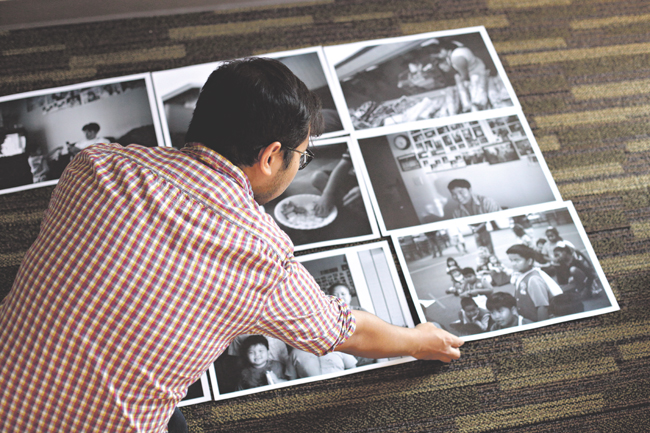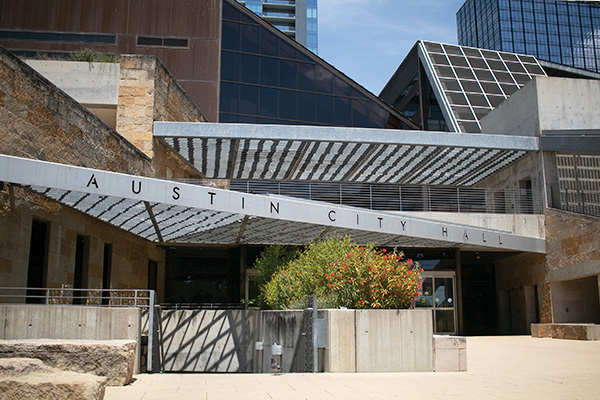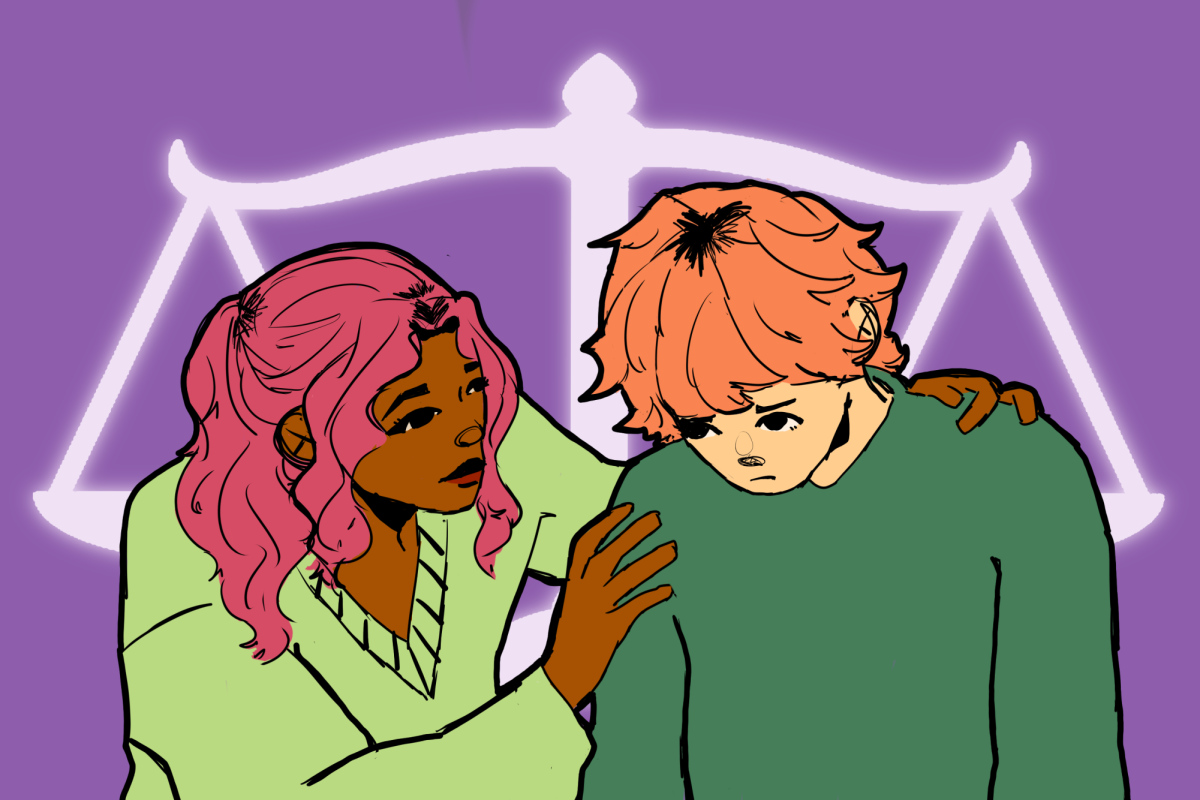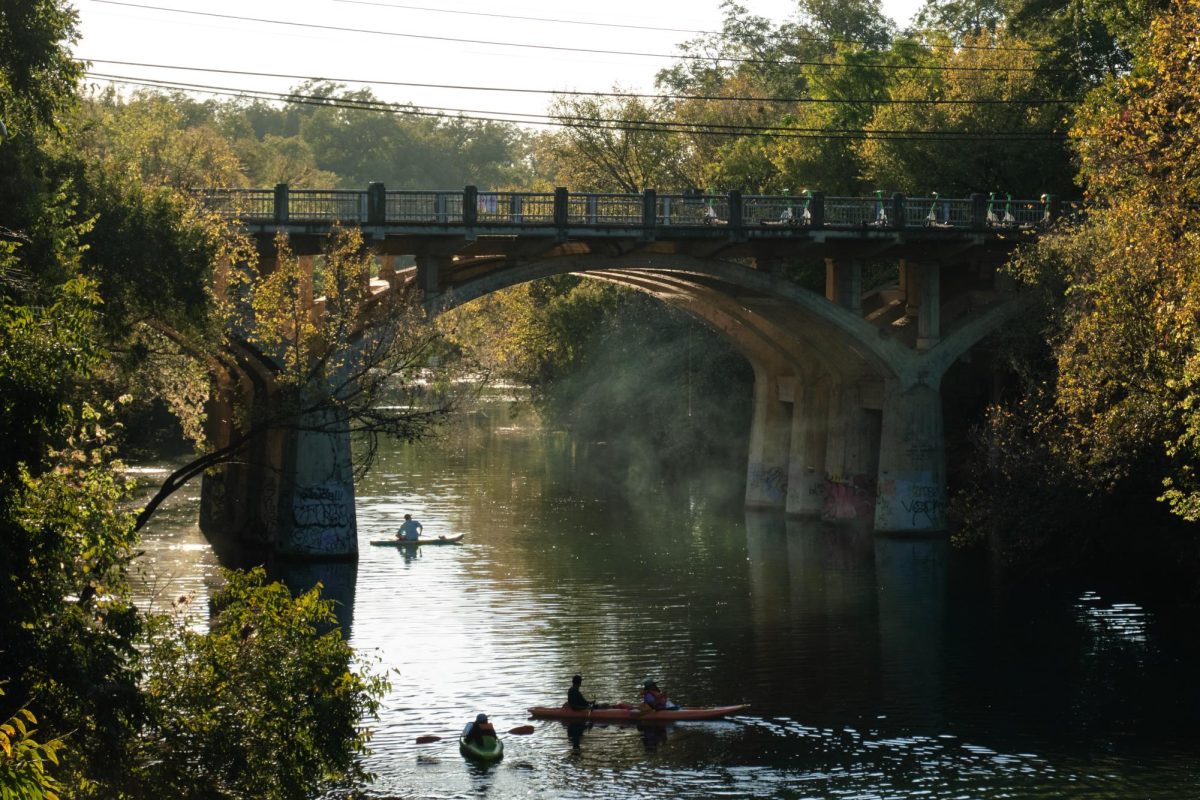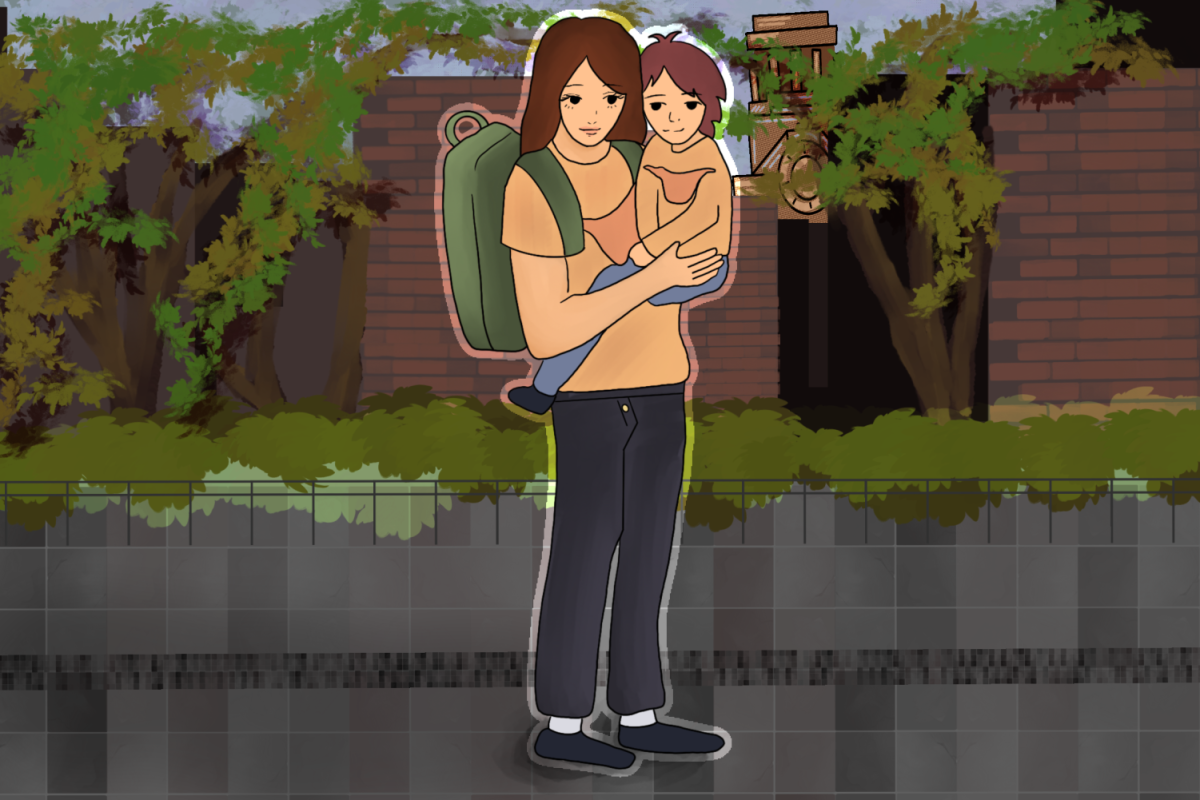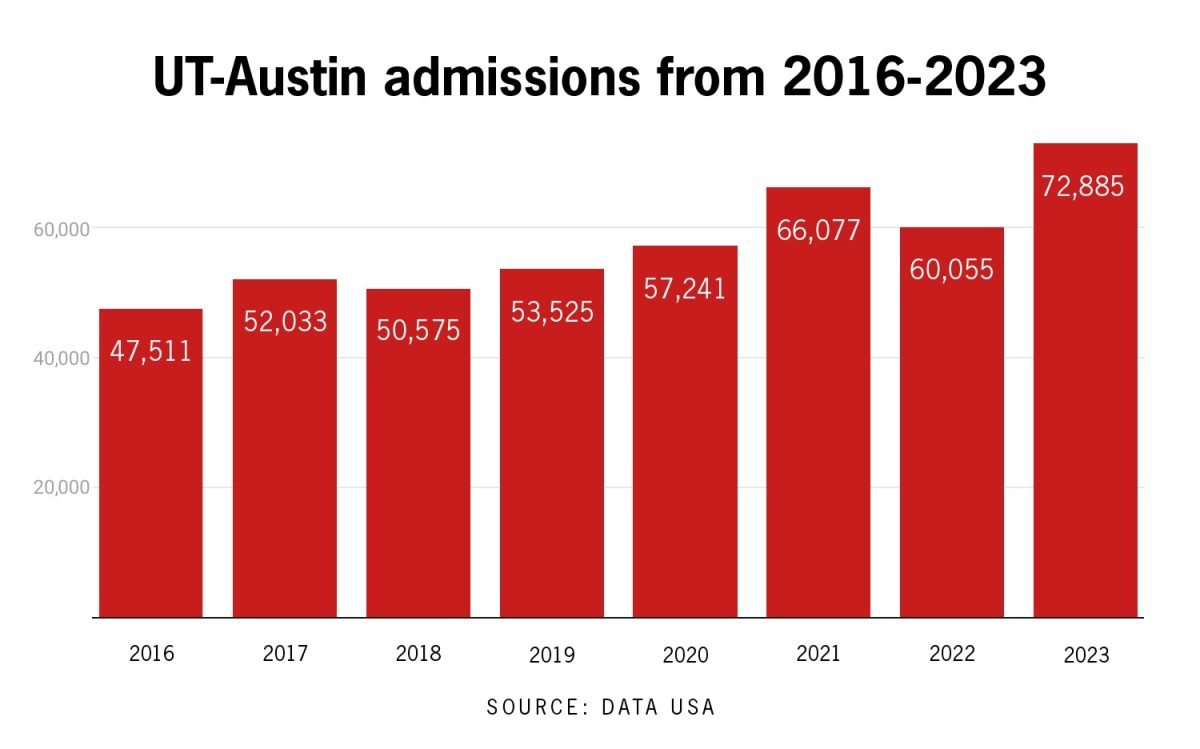Austin’s first municipal building dedicated to the Asian-American community is scheduled to open its doors Saturday, with the goal of providing a central hub for
Asian-American residents.
The Asian-American Resource Center, located in northeast Autin, will serve as a cultural facility — featuring nine classrooms, a library, computer lab, conference room, assembly hall and cultural
exhibitions spaces.
It was green-lighted in 2005 when the Network of Asian-American Organizations applied for and received a $100,000 grant from the U.S. Department of Commerce and the U.S. Economic Development Administration. In 2006, a voter-approved bond set aside $5 million for the center. Austin City Council authorized the purchase of 15.3 acres of land for $2 million from the Parks and Recreation Department’s budget in 2007.
“The resource center belongs to the city, just like the Mexican-American Cultural Center and the George Washington Carver Museum and Cultural Center,” said Victor Ovalle, a public information officer for the department.
In 2012, Travis
County’s Asian-American population amounted to almost 6.8 percent. According to project manager Taja Beekley, that number is Austin’s fastest
growing demographic.
An organization called Asian-American Resource Center Nonprofit will develop content for educational programs at the center. Richard Jung, board chairman of the organization, said the center will provide numerous opportunities for students.
“The Asian-American student population at UT has been growing by leaps and bounds. But in general, there doesn’t seem to be a lot of interaction between students on campus and the different communities here in Austin,” Jung said. “We want to
foster that.”
In addition to connecting students to each other and to Asian-American cultural events, the center will also provide student volunteer opportunities so students can take advantage of their
cultural knowledge.
“Students can apply that knowledge to specific instances with refugee communities or other vulnerable populations here in Austin,” Jung said. “We are very excited about the potential for working with students in [the center].”
Beekley said the resources and educational opportunities offered at the facility are not
exclusively geared toward people of Asian descent.
“Asians and Asian Americans are our target demographic, but the center also offers an opportunity for the greater Austin community to come, learn and experience the various cultures and heritages of the different nationalities from Asia,” Beekley said.
The center will act as an economic catalyst to the region through networking events, small business workshops and community collaboration,
Beekley said.
The organization partnered with UT to develop the center’s first program, entitled “Asian Texans: Untold Stories,” which exposes the history of Asian Americans in Texas.

